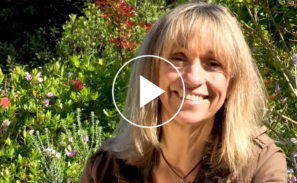
What’s happening to biodiversity? (primary)
Watch this video clip to find out about the decline in animal and plant species, all over the world.
96 results

Watch this video clip to find out about the decline in animal and plant species, all over the world.
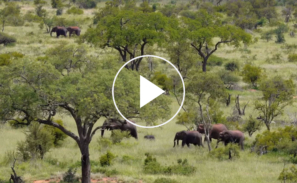
Watch this video clip to find out what biodiversity means and discover why it’s important to our survival on Earth.
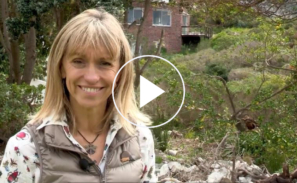
Watch this video clip to find out what we can all do, to help improve biodiversity.
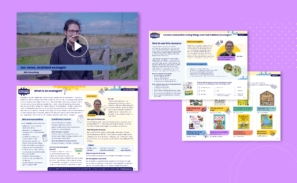
Inspire your students to think about their future careers with real-world resources.
4 resources
View Lesson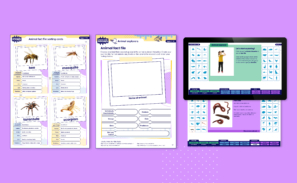
Inspire your students to understand and learn all about different types of animals.
5 resources
View Lesson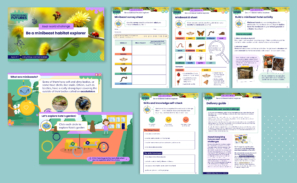
A real-world challenge inspiring pupils to find out what minibeasts are, where they live, and what they need to survive.
6 resources
View Lesson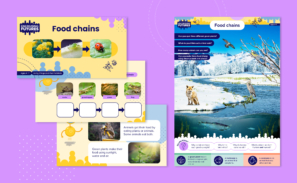
Help your pupils develop their understanding of food chains with these three resources.
3 resources
View Lesson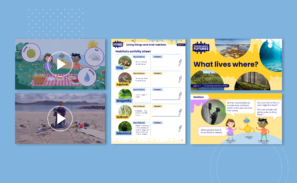
Understand all about living things and their habitats. Explore and identify animals and plants, and classify them as living, dead, never been alive and more.
6 resources
View Lesson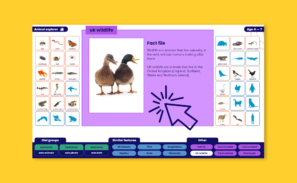
An innovative, fun and engaging interactive with images, facts and quizzes about the variety of life in our animal kingdom.
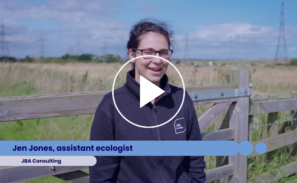
Watch Jen, an ecologist, talking about her job and using special equipment to observe and identify minibeasts in a variety of microhabitats.
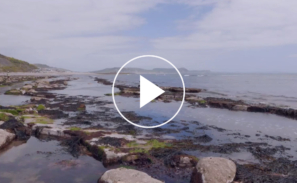
Discover what a habitat is, learn about living things in a rock pool and sort things into those that are alive, dead and have never been alive. Click 'Watch' to play the video
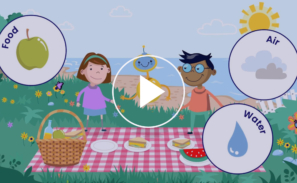
In this short animation, Ravi, Kate and Bubbles discuss the needs of living things and identify those living in a cliff-top habitat and the sea. Click 'Watch' to play the video
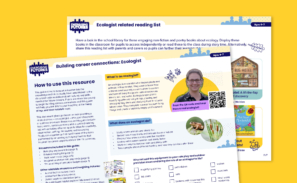
A guide for teachers with suggestions for how to build awareness of a career in ecology. Includes ideas for role play and vocabulary development.
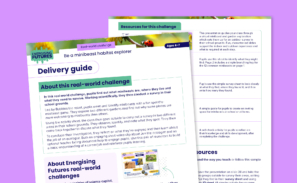
A delivery guide for teachers giving background to the challenge and providing suggestions for how to use the resources.
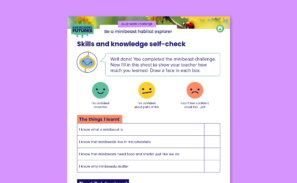
A skills and knowledge self-assessment sheet for pupils to use after they have completed the 'Be a minibeast habitat explorer' challenge.
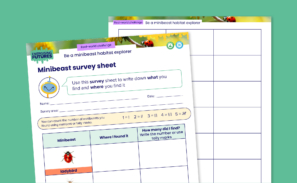
Pupils can use this sheet to record the number of minibeasts they find and where they found them, whilst suveying their school grounds.
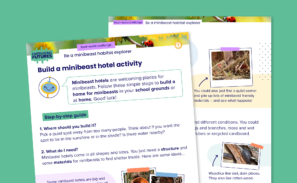
Simple, clear instructions for how to build a variety of minibeast hotels.
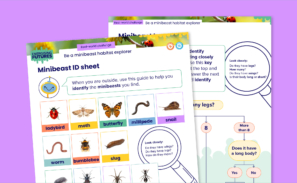
Use this ID sheet and key to help pupils identify the minibeasts they find in their school grounds.
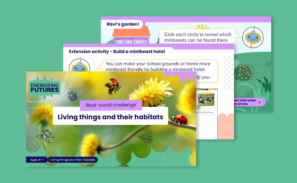
In this challenge, pupils become ecologists as they find out about minibeast habitats before they conduct a survey in their school grounds.
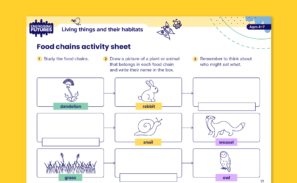
Complete these simple food chains by drawing and labelling.
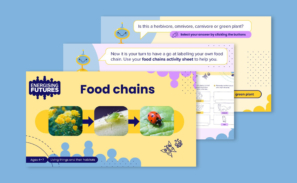
Discover how animals get their food from plants and other animals and learn about food chains with this interactive presentation.
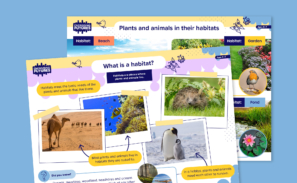
Use this 2-page poster to find out about habitats and to look cosely at animals and plants from different habitats.
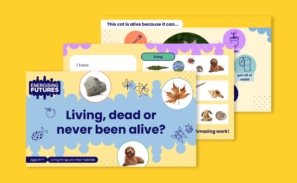
Use this quiz to explore the differences between things that are living, dead and have never been alive.
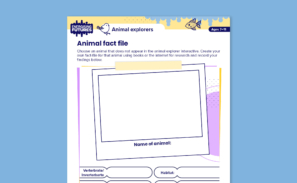
Choose an animal and create your own animal fact file with this activity sheet.
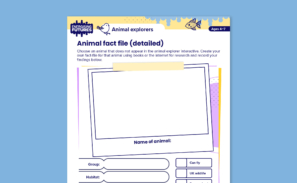
Choose an animal and create your own animal fact file with this activity sheet.
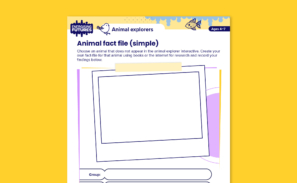
Choose an animal and create your own animal fact file with this activity sheet.

Identify, group and classify animals with these sorting cards.
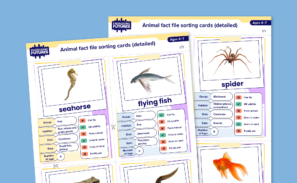
Identify, group and classify animals with these detailed sorting cards.
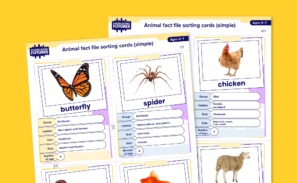
Identify, group and classify animals with these simple sorting cards.
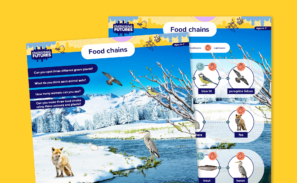
Use this 2-page poster to look closely at animals, discuss what they eat and to make food chains.